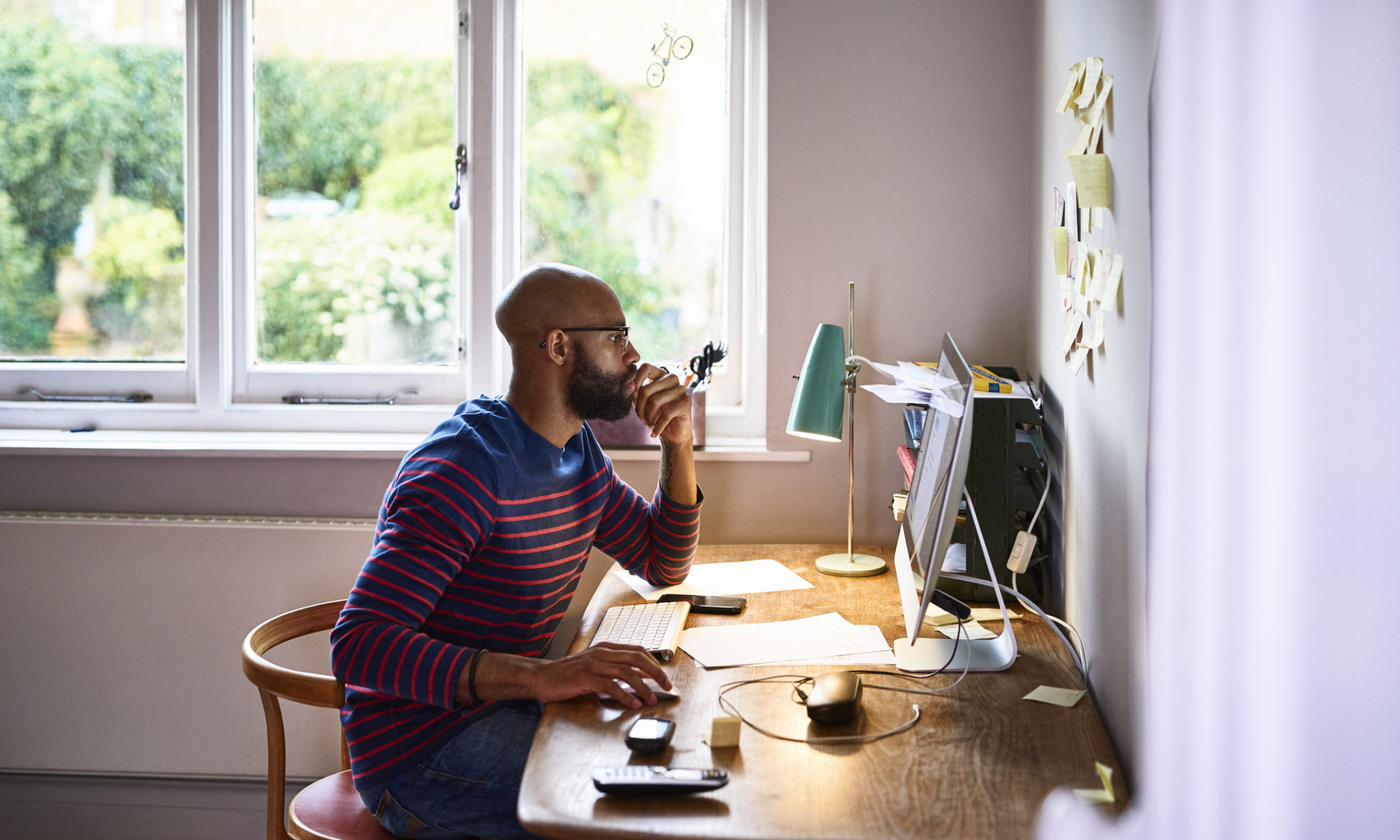Creating your own website is a fun project – you’ve got the freedom to make it look exactly how you want it…but what if you have no design experience? Or what if you don’t feel like you have the time to create an effective website for your business? Using a simple website builder can help you streamline the process, and we’ve created a list of elements that you should include to make sure you have the best website design possible.
Simple visual web design
First things first, the overall look of your web design is going to have a significant impact on a visitor’s first impression of your company. According to web credibility research from Stanford University, 75% of users admit to making judgements about a company’s credibility based on their web design.
Don’t worry though, the easiest way to create a simple web design is not to overcomplicate it. Even if your website builder offers a plethora of interactive features like videos and animated logos, only use them very sparingly; they can result in an annoyance for the user.
Clear Navigation
This is such an important feature we’ve written an entire blog on how to optimise your website’s navigation. Good navigation means a good user experience, which helps to keep visitors on your site and hopefully increase conversion rates.
Focus on the customer’s viewpoint when designing your navigation. You want to make sure that at any point the visitor knows where they are and that they can easily get to where they want to be. If you have lots of different products and you’re not sure how to condense them, consider using a hamburger menu (below) that opens out into further options.
Clear Call to Action (CTA)
Your CTA is a short phrase (two to five words maximum) that tells the visitor what you want them to do. Think about it from a visitor’s perspective; if they arrive on the site and you haven’t told them what to do, how are they going to do it? HubSpot research found that CTAs in anchor text (text with a link to another page) increased conversion rates by 121%.
Good examples of CTAs are “Contact us”, “Register now” or “Click here”. It’s also good to add a sense of urgency; “Download our Ebook today”, for example, to make it seem like there is a time limit on the resource.
Make sure your web design is mobile friendly
Use of smartphones has skyrocketed over the past decade. According to marketing company Digital Next, in 2016 mobile usage overtook desktop for the first time, which makes it clear that having a website that looks good and works seamlessly on a mobile device is crucial in 2020. Our website builder is fully compatible with mobile and tablet devices, and you can even edit and upload content to your website on your phone!
Google is also using mobile friendliness as a way to rank a website for SEO, and sometimes indexes just the mobile site rather than the desktop version, so website designers are forced to make their sites responsive.
Optimise for SEO
You might think SEO is a confusing list of 200 algorithms that Google uses to rank content – and it is! But there are really simple things that you can make sure your website has that will make your web design easier for search engines to index and boost you up results pages.
Does your website work on all browsers? Do you have an SSL certificate? Have you put alt tags on your images and meta descriptions on your written content? Do some keyword research and make sure you use these words in your content, and you’re already far better than many websites on the internet in terms of SEO.
Fast load time
Your website needs to load quickly – 40% of people will abandon a website if it takes too long to load. This is also another reason why a simple web design is better than a complex one, as it will load faster. If your page is taking a long time to load and you’re not sure why, it could be to do with the file size and type of your images; have a look at our blog on how to edit the images you use for your website to optimise your load time. Simple things like saving the file as a different type or running it through an online compressor could make a huge difference.
If you’re ready to get going with a website builder, then why not try ours? At Go Sitebuilder, we offer ready to go website templates that you can adapt to your brand and style. Our pre-made web designs mean that you can be sure that your navigation will be easy to use, your visual design will be clear and simple, and your website will be fully optimised for mobile devices.
Still not convinced? Try our 14-day free trial today to see how quickly you can have a beautiful website up and running.









